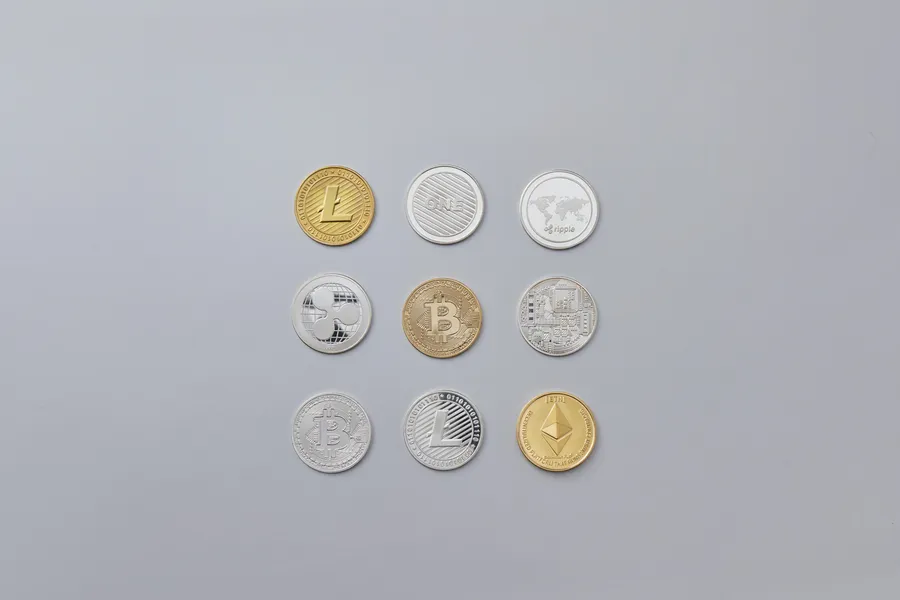What is the Basic Attention Token (BAT) cryptocurrency token? — BAT, digital advertising, blockchain

Title: The Not-So-Basic Truth About BAT: A Security Expert’s Perspective
Introduction
As a seasoned crypto security expert and smart contract auditor with more gray hairs than I care to count, I’ve seen my fair share of blockchain blunders. And when it comes to Basic Attention Token (BAT), well, let’s just say it hasn’t been the paragon of digital advertising utopia its creators promised. In this article, I’ll share some hard-earned lessons from BAT’s journey so far and explain why your crypto security senses should tingle whenever you hear “basic” attached to anything related to blockchain.
The Brave New World of BAT: Digital Advertising on Blockchain
Let’s start with the basics (pun intended). Launched in 2017 by Brendan Eich, co-founder of Mozilla and JavaScript creator, BAT aimed to disrupt traditional digital advertising by introducing a decentralized platform powered by blockchain technology. The idea was simple: users would browse websites using the Brave browser, which would then block intrusive ads. In return, they’d receive BAT tokens as rewards for their attention – hence the name Basic Attention Token.
But here’s where it gets complicated (and slightly unsettling). You see, just like any other cryptocurrency, securing these tokens is paramount. And if history has taught us anything, it’s that no system is impenetrable.
Lesson #1: Security Flaws Are Baked into the System
In November 2020, a critical vulnerability was discovered in Brave’s BAT wallet. This bug allowed attackers to steal users’ private keys and access their tokens without permission. To put it bluntly, imagine leaving your front door wide open for anyone to walk in and take whatever they want from your home – that’s how serious this flaw was.
Lesson #2: Smart Contracts Aren’t Always as Smart as They Seem
Now let’s talk about smart contracts. These self-executing digital agreements underpin many blockchain-based platforms. In the case of BAT, they handle token distribution and rewards. However, remember that even the brightest minds can make mistakes.
In July 2019, a bug in one of BAT’s smart contracts caused a fiasco when it led to an unexpected transfer of $80k worth of ETH from the Brave Rewards pool to an unknown wallet address. Ouch!
Lesson #3: NFTs Aren’t Immune Either
Fast forward to 2021, and we witness BAT jumping on the NFT bandwagon with its own marketplace. But guess what? Just a few months later, a critical vulnerability was discovered in their NFT contract, allowing anyone to mint unlimited ‘verified’ collectibles without paying for gas fees. Nice try, guys.
Conclusion: BAT’s Turbulent Journey Is Far From Basic
So, there you have it – a taste of the turbulence that has accompanied BAT since its inception. While I’m not here to rain on anyone’s parade (or token distribution), I firmly believe that understanding the complexities and potential pitfalls of any cryptocurrency project is crucial for informed decision-making.
In the case of BAT, it’s clear that despite their noble intentions, they’ve faced numerous challenges ranging from security flaws to smart contract blunders and even NFT marketplace hiccups. My advice? Approach this crypto token with caution and keep your wits about you – because when it comes to digital advertising on blockchain, nothing is ever truly basic.









